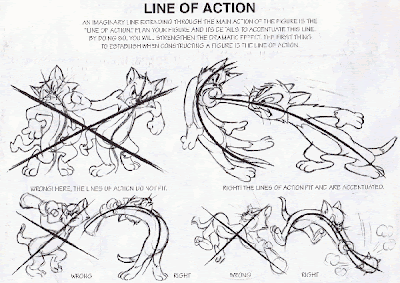
Non-coplanar non-concurrent forces: The forces, which do not meet at one point and their lines of action do not lie on the same plane, are called non-coplanar non-concurrent forces. Non-coplanar concurrent forces: The forces, which meet at one point, but their lines of action do not lie on the same plane, are known as non-coplanar concurrent forces. Coplanar non-concurrent forces: The forces, which do not meet at one point, but their lines of action lie on the same plane, are known as coplanar non-concurrent forces. Coplanar concurrent forces: The forces, which meet at one point and their lines of action also lie on the same plane, are known as coplanar concurrent forces. This is usually taken between the limits of the circles of the. 
The concurrent forces may or may not be collinear. It depends upon the length of that portion of the line of action which it is desired to use. Unlike Chess, there are no prescribed tactics and counter moves to memorize - the rules are simple, the strategy is fluid, and every game is unique. Played with 2 sets of 12 pieces on an 8x8 board, the objective is simple: connect your pieces. Concurrent forces: The forces, which meet at one point, are known as concurrent forces. Lines of Action is a simple game of pure strategy created by Claude Soucie.It also has a direction, like in which direction the force was applied.

That means that it has a quantity, like how much force is applied.
Coplanar forces: The forces, whose lines of action lie on the same plane, are known as coplanar forces. Answer (1 of 3): Force is a vector quantity. When two or more forces act on a body, they are called to form a system of forces. Collinear forces: The forces, whose lines of action lie on the same line, are known as collinear forces. This hybrid solution is comprehensive, parsimonious, and able to account for a variety of tasks under a range of visual conditions. Line of action - Creole translation, definition, meaning, synonyms, pronunciation, transcription, antonyms, examples. In the set of models below this line is modified according to the action performed by the body. In exceptional circumstances, action is controlled by weak, context-specific, off-line strategies. The line of action is the imaginary rhythmic line that spans the length of the figure to produce the effect of motion. Action is normally controlled on-line when current information is available, consistent with the strong on-line control hypothesis. Pieces move in a line horizontally, vertically, or diagonally. Players alternate moves, with Red having the first move. We conclude that the strong model-based hypothesis is not sustainable. The object of the game is to connect all of ones pieces together into a contiguous body so that they are connected vertically, horizontally or diagonally. Discover how your top competitor’s audience surfs the web so you can tailor your. Benchmark website’s performance against your competitors by keeping track of key. occlusion) action is controlled by less accurate, simple strategies such as heuristics, visual-motor mappings, or spatial memory. Web Traffic Statistics Traffic and Visitor Engagement. #Line of action manual#
We review experimental research on the control of locomotion and manual actions, which indicates that (a) an internal world model is neither sufficient nor necessary to control action at normal levels of performance (b) current visual information is necessary and sufficient to control action at normal levels and (c) under certain conditions (e.g. In this paper, we evaluate three hypotheses: strong on-line control, strong model-based control, and a hybrid solution that combines on-line control with weak off-line strategies. Translations in context of 'line of action' in English-Spanish from Reverso Context: When prevention efforts fail, the next line of action is treatment. The key difference between them is whether action is controlled by current visual information or on the basis of an internal world model. Two general approaches to the visual control of action have emerged in last few decades, known as the on-line and model-based approaches.






 0 kommentar(er)
0 kommentar(er)
